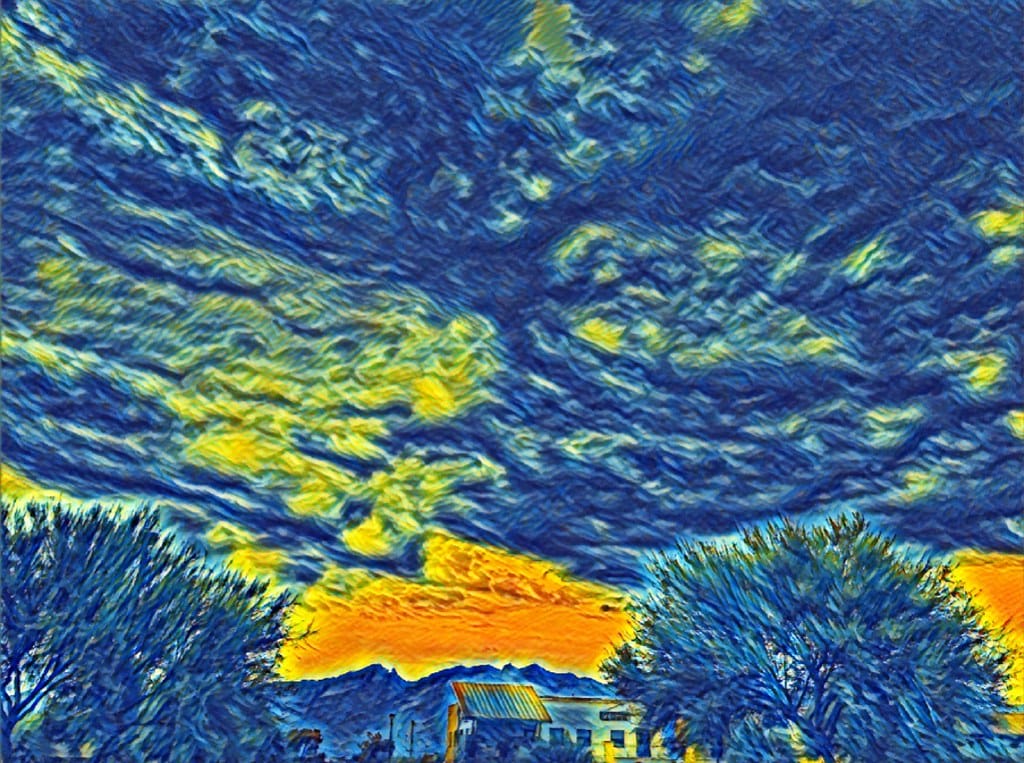Chinese Graphics Artists Fight Back Against AI's Creative Homogenization
The creative battleground between human artistry and artificial intelligence has found a passionate front in China, where graphics artists are mounting an unprecedented resistance against what they call AI's "averaging effect" – the tendency of machine-generated art to produce increasingly homogeneous, middle-ground aesthetics that threaten to flatten the rich diversity of human creative expression.
The Rise of Resistance
In major Chinese cities from Beijing to Shenzhen, a growing movement of digital artists, illustrators, and graphic designers is actively pushing back against the rapid adoption of AI art tools. Unlike their Western counterparts who have largely focused on copyright and economic concerns, Chinese artists are raising deeper questions about cultural identity and creative authenticity.
"AI doesn't understand the subtlety of brushstrokes that carry centuries of Chinese artistic tradition," explains Li Wei, a Shanghai-based illustrator whose hand-drawn work has gained a cult following on Weibo. "When machines average out styles, they lose the cultural DNA that makes art meaningful."
The Averaging Effect Explained
The "averaging effect" refers to AI's tendency to synthesize training data into outputs that represent statistical means rather than bold, individual expressions. This phenomenon is particularly pronounced in AI art generators, which pull from vast datasets to create images that often feel technically proficient but creatively bland.
Chinese artists point to several concerning trends:
- Style convergence: AI-generated artwork increasingly resembles a narrow range of popular internet aesthetics
- Cultural flattening: Traditional Chinese artistic elements become genericized when processed through Western-trained AI models
- Loss of intentionality: The deliberate choices that define artistic voice get smoothed away in favor of algorithmic probability
Digital Defiance and Creative Activism
The resistance has taken multiple forms across China's creative communities. Artists are organizing "Human Only" exhibitions in galleries from Guangzhou to Chengdu, where all displayed works must be created without AI assistance. These events have drawn surprising crowds, with some exhibitions selling out within hours of opening.
On social media platforms like Xiaohongshu and Weibo, artists are using hashtags like #人类创作 (human creation) and #反对平均化 (oppose averaging) to build community and share techniques that explicitly highlight human creativity. Some have developed distinctive watermarking systems to verify authentic human-made work.
Perhaps most notably, several prominent Chinese art schools have implemented "AI-free zones" in their studios, encouraging students to develop skills that machines cannot replicate.
Economic and Cultural Stakes
The pushback isn't just philosophical – it's economic. China's creative industries employ millions of artists and designers whose livelihoods face disruption from AI automation. However, the resistance movement frames the issue as much larger than individual careers.
"This is about preserving cultural diversity in a globalized world," argues Dr. Chen Mei, a professor of digital media at Beijing Film Academy. "When AI averages everything toward a global mean, we lose the specific cultural perspectives that make Chinese art distinctive."
The movement has gained unexpected support from Chinese tech companies themselves, with some pledging to hire human artists for specific campaigns and others funding research into AI tools that preserve rather than homogenize artistic styles.
Looking Forward
The Chinese artists' resistance represents a unique approach to the AI art debate – one that prioritizes cultural preservation and creative diversity over pure efficiency or cost savings. Their movement suggests that the future of AI in creative fields may not be a simple replacement narrative, but rather a complex negotiation between human intention and machine capability.
As AI tools become more sophisticated, the questions raised by Chinese artists become more urgent: Can we develop AI that enhances rather than averages human creativity? How do we preserve cultural specificity in an age of algorithmic art?
Key Takeaways
The resistance movement in China offers valuable insights for the global creative community. Artists worldwide can learn from their emphasis on cultural preservation, their innovative approaches to human verification, and their focus on what makes human creativity irreplaceable – not just technical skill, but cultural context, intentional choice, and authentic expression.
As the AI art revolution continues, the Chinese artists' fight against the averaging effect reminds us that the goal shouldn't be to create better machines, but to understand and preserve what makes human creativity uniquely valuable.
